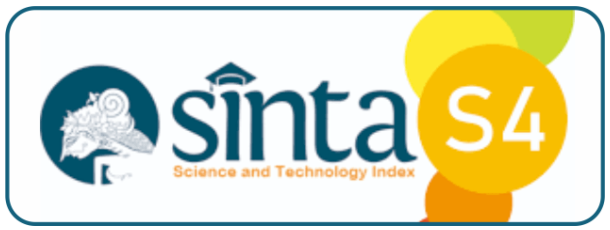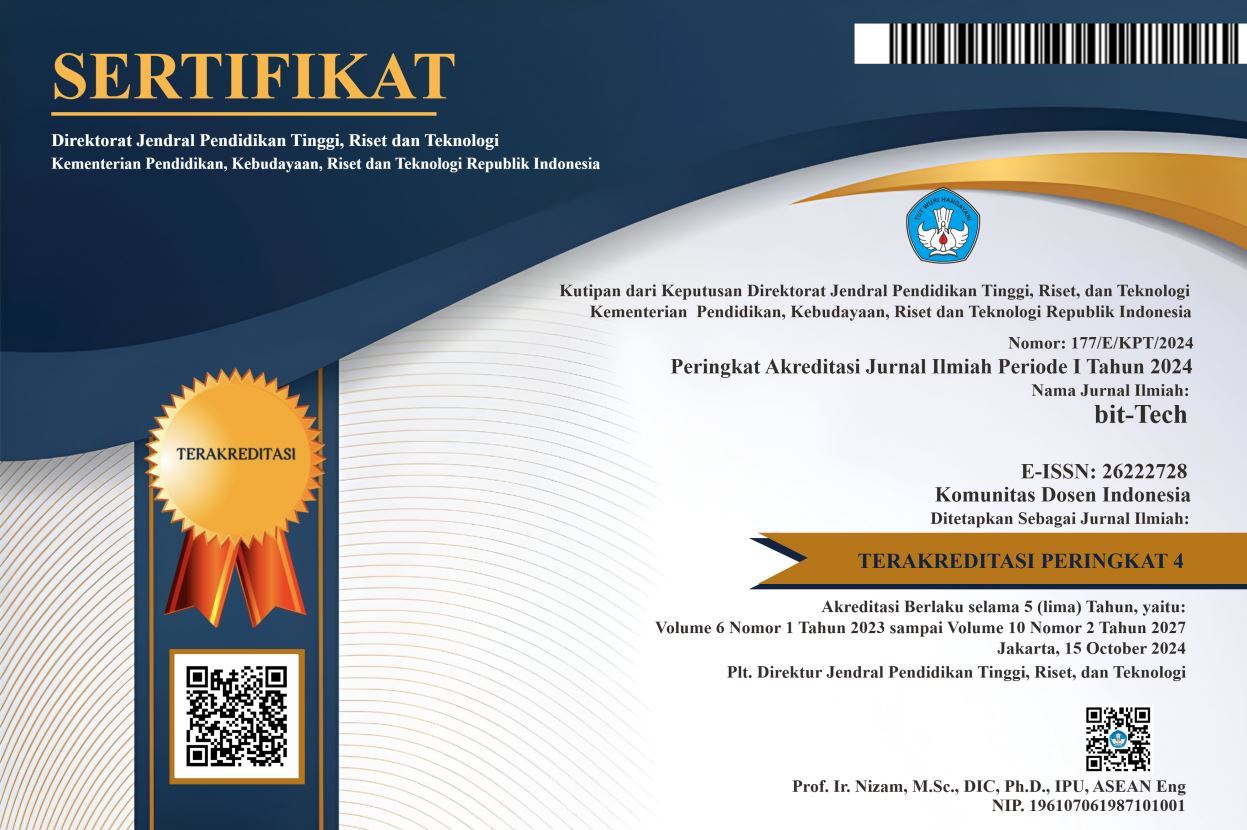Academic Dashboard For Monitoring KPI Based Using Data Feeder Dikti
DOI:
https://doi.org/10.32877/bt.v4i3.442
Keywords:
Academic, Dashboard , Feeder, KPI , Monitoring
Abstract
University management requires accurate and fast academic reports that make it easier to make strategic decisions and in order to improve the quality of education. Therefore we need a tool that can monitor, evaluate and measure the performance of universities. A common problem is that there is a lot of academic data stored but to present it in reports at the time of evaluating academic activities is difficult and takes a long time. Academic evaluation can be presented with a dashboard so that it becomes easy for decision making. Dashboard is a page that shows graphs as KPIs (Key Performance Indicators) of an organization and provides all the important measurements needed to make key executive decision making. Universities in Indonesia report data on students, lecturers and lecture activities to the PDDIKTI (Higher Education Database). The data contained in the PDDIKTI Feeder is made an academic Dashboard in the form of visualization to assist and support decision making at the academic level and also to monitor using KPI as an evaluation. With the existence of an academic dashboard based on KPI, the presentation of reports becomes faster and easier to understand because it is in the form of visuals and indicators to find out what things need to be improved and the extent to which the achievements of each academic component are used as benchmarks in submitting study program accreditation.
Downloads
Downloads
Published
How to Cite
Issue
Section
License
Copyright (c) 2022 bit-Tech

This work is licensed under a Creative Commons Attribution-ShareAlike 4.0 International License.
I hereby assign and transfer to bit-Tech all exclusive copyright ownership rights to the above work. This includes, but is not limited to, the right to publish, republish, downgrade, distribute, transmit, sell, or use the work and other related materials worldwide, in whole, or in part, in all languages, in electronic, printed, or any other form of media, now known or hereafter developed and reserves the right to permit or license a third party to do any of the above. I understand that this exclusive right will belong to bit-Tech from the date the article is accepted for publication. I also understand that bit-Tech, as the copyright owner, has sole authority to license and permit reproduction of the article. I understand that, except for copyright, any other proprietary rights associated with the work (e.g. patents or other rights to any process or procedure) must be retained by the author. In addition, I understand that bit-Tech permits authors to use their papers in any way permitted by the applied Creative Commons license.


 DOI :
DOI :
 Abstract views: 469
/
Abstract views: 469
/  PDF downloads: 378
PDF downloads: 378











